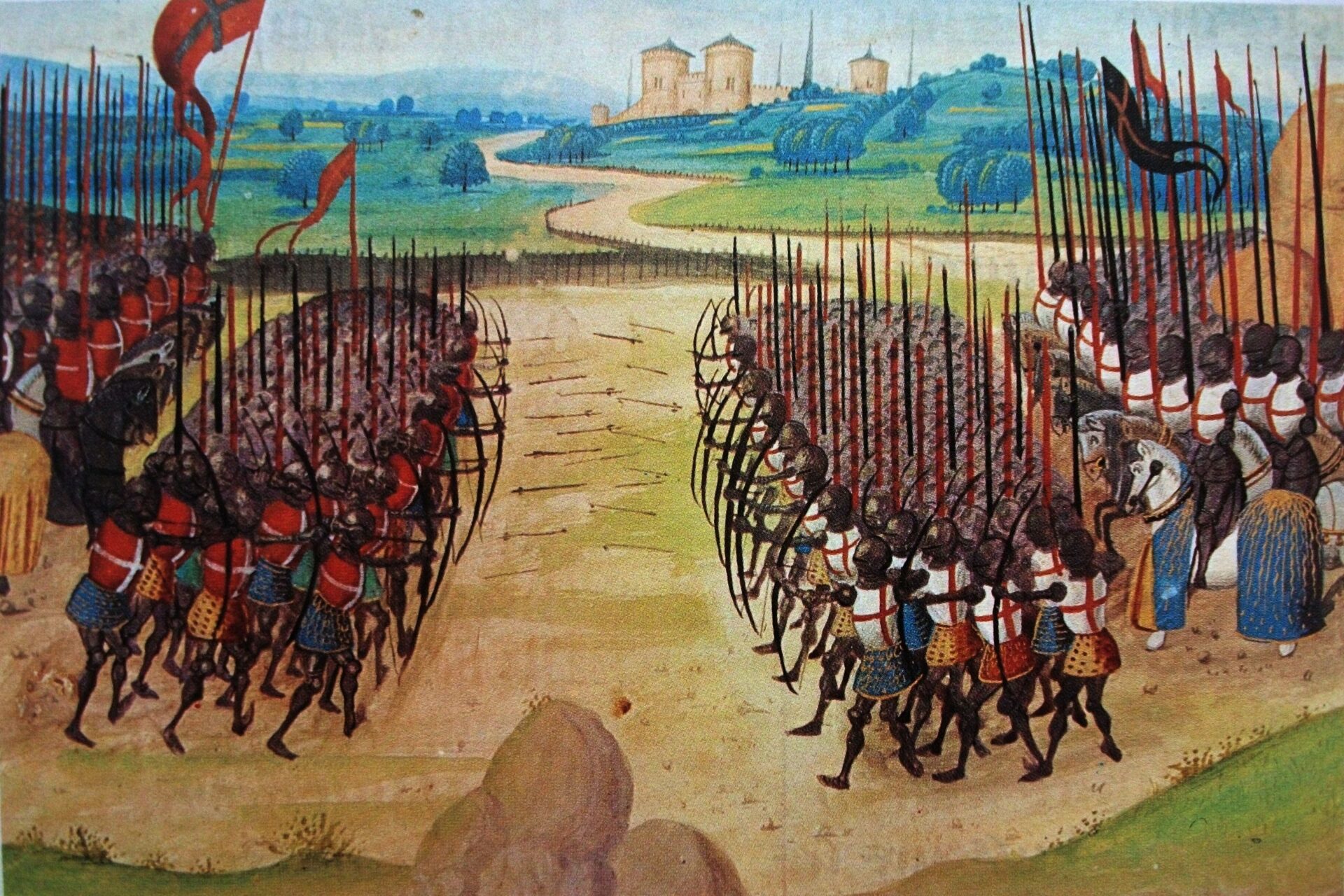In the fifth century the structure of Roman government in the West collapsed under the pressure of invasion and migration by Germanic tribes. Much of the Roman heritage, however, was preserved by the church and the barbarians’ own reverence for Roman civilization.
The Franks founded the most lasting political entity to arise from the ruins of Roman power. In alliance with the papacy, the Frankish king Charles the Great (Charlemagne) sought to revive the Roman Empire in the West.
In the tenth century Norse invasions severely disrupted Britain, Ireland, and northern France. By the year 1000 those invasions had died down and medieval Europe had begun to take shape.
Feudalism was the system of social and political arrangements that replaced the centralized Roman administration. Basically, it was a means of coping with the absence of strong central government. Local lords ruled over the peasants on their estates. In turn, these lords were the vassals of other lords, meaning that they owed them allegiance and services. Still other lords might be above these. This complex system varied from one part of Europe to another.
Most of Europe was organized into units called manors, owned and ruled by a noble or by the church. Most of the peasants on these manors were serfs, hereditary laborers who could not leave the land they worked. In return for protection given by the lord of the manor, the serfs were required to fulfill various obligations and hand over part of their crops. In time many lords came to prefer cash payments, so that they could purchase goods that the manor could not produce.
Early medieval culture was a blend of barbarian and Roman influences. Most serious writing was in Latin, especially in Italy and Gaul. Latin also enjoyed a revival in eighth-century England. Literary use of the vernacular languages was rare except in England, where the remarkable epic poem Beowulf was written in Old English.
The arts of this period combined Roman, German, and Byzantine elements. Under Charlemagne there was a significant artistic revival.

